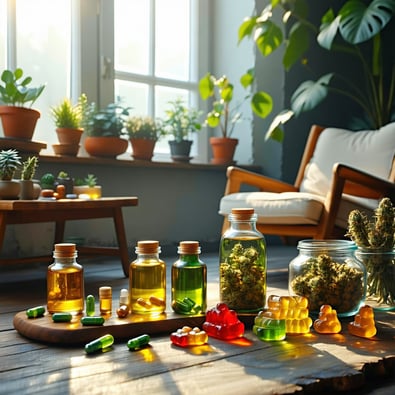This channel is for viewers over 18, and our content is purely educational. We’re not here to promote or encourage illegal activity. Welcome back, legends, to your Bud Fella’s channel — your friendly cannabis education hub. Today, we’re diving into one of the most important topics for growers: plant training.
Plant training plays a massive role in shaping the final outcome of your cannabis plants. It’s about balance, stress, and guidance — three elements that influence how your plants grow and respond. By the end of this guide, you’ll understand why both high-stress and low-stress training matter so much. Grab a drink, get comfortable, and let’s explore the art and science of shaping cannabis plants.
What Is Plant Training?
In nature, cannabis plants grow tall with one main stem, which works fine outdoors. But in controlled environments, growers prefer shorter, bushier cannabis plants with multiple flowering sites. Plant training is about redistributing growth so that light reaches more of the plant. Think of it as teaching a tree to grow in a specific shape — not about control, but understanding natural growth.
When you observe how cannabis plants reach for light or adjust to space, you begin working with them rather than against them.
Low-Stress Training (LST)
This technique allows all bud sites of your cannabis plants to receive equal light, reducing shading and promoting balanced growth. It’s a safe and beginner-friendly technique — calm, steady, and natural. You can literally watch your cannabis plants respond day by day, growing stronger and more symmetrical.
High-Stress Training (HST)
High-Stress Training takes things up a notch. Techniques like topping, fimming, and supercropping involve intentionally stressing cannabis plants to redirect growth. For example, topping removes the main tip, forcing energy to side branches and producing multiple main colas. While risky, HST helps cannabis plants build resilience and strength when done correctly.
Why Training Matters
Growers train cannabis plants to increase efficiency and yield. Without training, much of the lower growth remains shaded, limiting potential. Training breaks apical dominance, encouraging bushier growth and better light exposure.
Ultimately, plant training is about connection — guiding, not forcing. It’s a balance between science and art that teaches patience and respect for the natural rhythm of cannabis plants.
If you found this helpful, don’t forget to like, comment, and subscribe for more educational videos on growing strong, healthy cannabis plants.





